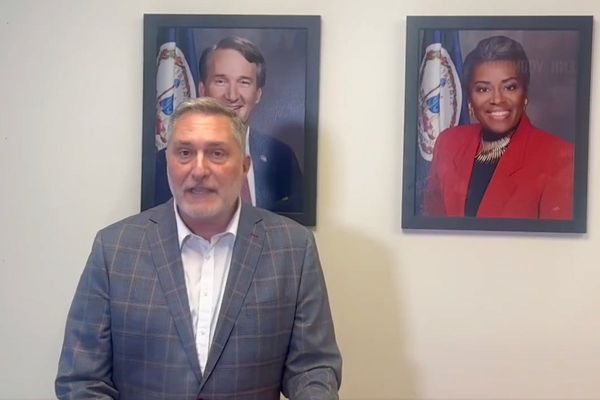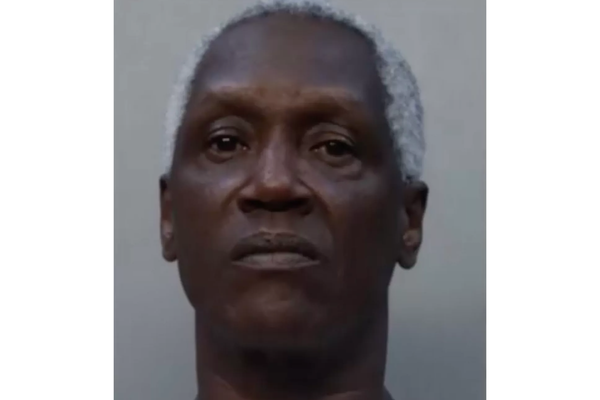After four hours immersed in icy cold floodwater fixing a stormwater drain in Renmark, lockmaster and diver Harold Casement surfaced as a hero.
In the thick of the 1956 Murray River flood, the water spilled into the streets and inundated surrounding roads, homes and businesses.
As the river rose, so did the risk of floodwaters gushing through underground pipes and bursting up stormwater drains.
The late Harold Casement was working at the time as the lockmaster at Lock 4 near Loxton, where he would frequently dive in the river to conduct maintenance works.
His diving expertise was so great that Harold would eventually be called upon to help manage the devastating 1956 flood, but the man who spent so much time around water could not swim.
"That was something nobody could understand, but he didn't need to swim," Harold's son Kevin Casement says.
Harold's heavy diving suit was designed for walking on the riverbed, as opposed to the buoyancy control devices used by today's scuba divers for swimming.
Called upon to plug the flood
In the early hours of a chilly winter morning on August 22, 1956, floodwater burst through the underground drains and began flooding Renmark's town centre.
Newspaper archives detailing the event reveal the severity of the situation, with the emergency committee called into action to prepare a potential evacuation of the entire town.
A plan was conceived for someone to dive into the drain and plug the pipe with a tapered round piece of wood and stop Murray River flows filling the streets.
There was only one man for the job.
With the roads to Renmark closed, Harold had to drive from Loxton to Paringa, and then travel on a rail car to get to the scene.
But before embarking underwater he jumped into his diving suit — his armour.
"It's a very heavy leather one-piece suit with a screw-on helmet made of glass and brass," Mr Casement says.
"Because the suit was filled with air, he had to wear heavy weights around his shoulders and front, and very heavy lead and leather boots so he didn't pop up."
A team effort to keep air flowing
Mr Casement said it took a team of responsible townspeople to ensure his dad could breath during his expedition.
"The breathing air was created from an above-ground pump, a large machine," he says.
"Two people had to physically rotate the handles to create air, and there was always somebody there making sure they kept pumping."
Harold spent more than four hours in the icy cold floodwater in the storm drains, jamming the wood plugs into the pipes.
Pumps were used to flush the floodwater back into the river, the inundation through the main streets slowly eased and by midday the emergency situation had settled.
A diver in demand
But Harold's diving skills were needed across the region, with other low-lying towns experiencing the same issue.
"I don't know how often he was called out, but he was definitely on the emergency call-out list," Mr Casement says.
"A lot of the newspapers show that he stopped further flooding in Renmark and Cobdogla."
Mr Casement says he is proud of his father's contribution to the 1956 flood effort, but it took a village to protect the region and its people.
"There were that many other people doing other things on the floodbanks. People would jump in the water to repair them," he says.
"There were a lot of people during the flood that did very important work, but he was only one of them."
Drain pain in 2022
Fast forward to 2022 and the Renmark Paringa Council says the storm drain system is not up to scratch.
The council is plugging the drains to block the river from gushing up and inundating the streets, recruiting divers to retrace the steps of the late Harold Casement.
Mayor Peter Hunter says the council will be seeking support to upgrade the system, to be better prepared for future flood events.
"What this event has shown us is that the pressure of the water wanting to come back in behind the banks has been significant," he said.
"Some of our stormwater pipe network has not been able to cater for that.
"We hope [the] state government or even federal government will come onboard and help us with that, so we're better prepared for next year, five years, 10 years, whenever the next event might be."







